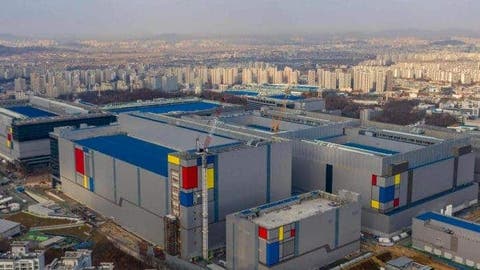Back in January, there were reports that Samsung plans to open new factories in the U.S. While we await an official confirmation from the company, there are more speculations regarding Samsung’s new U.S. plant. This time, a report out of South Korea claims that Samsung may announce investment plans in the United States and Pyeongtaek (South Korea) next month. The total investment for these new factories will be $44.74 billion.
Specifically, the investment for its second plant in the United States is estimated at $17 billion. The location may be one of Texas, Arizona, and New York. However, there are reports that Austin, Texas is the most likely location for the plant.
From previous reports, the Samsung plant in the U.S. will commence construction this year. The company will install all its major equipment in 2022 and operations will commence in 2023. As of October last year, Samsung had applied to Travis County, Texas to purchase 258 acres of land next to the main factory area at the current site. Samsung established an office in Austin in 1996 and then expanded its semiconductor factory twice. The company has recently completed the introduction of a foundry and NANDFlash production line equipment.
Samsung Galaxy S22 series is unlikely to use a ToF camera
According to ETNEWS, the rear camera array of the Samsung Galaxy S22 is unlikely to have a time-of-flight (ToF) sensor. The ToF sensor calculates the time it takes for the reflected beam to bounce to the sensor. This is helpful for 3D mapping and facial recognition in portrait mode.
Samsung Galaxy S10 5G, Note10+, and last year’s S20 series all have this technology. However, the Samsung Galaxy Note 20 and Galaxy S21 series did not use this technology. Now, it seems like the Galaxy S22 will have nothing to do with it either.
According to the insider report, consumers did not respond badly to the camera array without the ToF unit. This is whi=y the company is deciding against using the sensor. Samsung seems to think that its flagship phone does not need a ToF unit because it does not currently play a meaningful role. When augmented reality (AR) and virtual reality (VR) applications mature, the sensor may return.
Samsung first brought ToF technology to mobile phones to keep up with Apple and Huawei. Its technology is not as fast and accurate as Apple’s LiDAR depth sensor, which is manufactured by Sony specifically for Apple.
